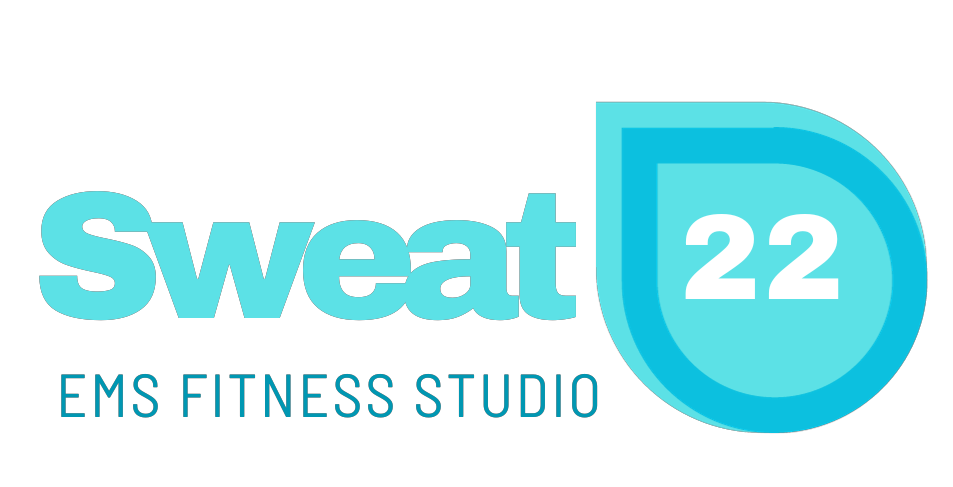You might be wondering why training in slightly unstable positions improves your stability. The only way you can get better at handling challenges is by going through them. However, taking on too big of a challenge may cause serious consequences. “You must learn how to walk before you learn how to run! Let’s modify that phrase slightly to make it more relevant here. You must learn to walk on a balance beam before you can perform tricks like a gymnast. Walking on a balance beam tests your stability. Once you master that, your stability gets tested even more as you learn to perform tricks on it.
You may think, “So what? I’m not interested in performing tricks on a balance beam.” Well, neither am I. But I’m sure both of us would love to reduce the risk of ankle, knee, and shoulder injuries. I bet we both agree that it’s terrible to sprain a ligament, rupture a tendon, or dislocate a joint. These injuries occur when a joint is placed in a situation where it cannot stabilize and keep the tissues intact. A classic example is falling down the stairs when you lose your balance. In this case, the muscles in your body, specifically the core muscles, spine muscles, and muscles acting on the hips, knees, and ankles, cannot stabilize your body to keep your balance, so you end up falling down the stairs. Injuries happen when the muscles responsible for stabilization are not strong enough in their functions to stabilize.
Let’s consider a personal example from two years ago when I slightly strained the lateral collateral ligament (LCL) in my knee. It happened when my training partner fell on top of me during a self-defence class. In this case, the muscles acting on my knee, mostly the hamstrings and quadriceps, were not capable of stabilizing my knee well enough to prevent the injury.
So, what’s the solution? I learned that I needed to commit to improving the stabilizing capacity of my knees diligently, especially the left one. For the past two years, I have been performing a lot of split squats to improve my single-leg stability. I also practice balancing on one leg. As I notice my stability improving throughout my workouts and daily activities, I am more confident that I am less injury-prone since my knees are becoming more capable of stabilizing when a force tries to shake them.
Suppose you also struggle with knee instability, to whatever degree. In that case, let’s say you can’t do a pistol squat (single-leg squat with your other foot in the air in front of you) without falling over. But you can do a split squat while shaking a little bit. Start with that to build more knee stability. Then practice doing pistol squats as your knees become a lot more stable. Also, note that instability issues may exist in your feet, ankles, hips, and spine, which prevent you from doing these movements and other movements effectively. Effectively resistance training by choosing exercises that slightly challenge your stability in many joints will create a more stable and injury-resistant body. The framework of the pistol squat and split squat should paint a picture of how doing this can look over time.
That’s where finding the right kind of guidance comes in. If you want even more guidance, follow us on Instagram @sweat22studio and book a session with us. We are always seeking to help you be the best you can be.
Gavin Fan, BHK, NSCA-CPT

